Students… of heritage
Ca Tru and Bai Choi are two intangible cultural heritages recognized by UNESCO. To preserve and promote the value of these heritages, the Provincial Museum has organized training courses on performance skills for students who are art nuclei and members of clubs in the province.
The common point of the two classes is the thorough investment in teaching content, the participation of prestigious artisans and the serious learning spirit of the students. They are members of clubs from all over the province, leaving behind their daily worries to join the class as a way to return to the source of national culture.
In that class, everyone was a “student of heritage”, appreciating every word of the artist, persevering with every note and every song. And it was this encounter that created a special atmosphere, opening up a community space, where folk culture was shared among people who shared the same love for traditional beauty.
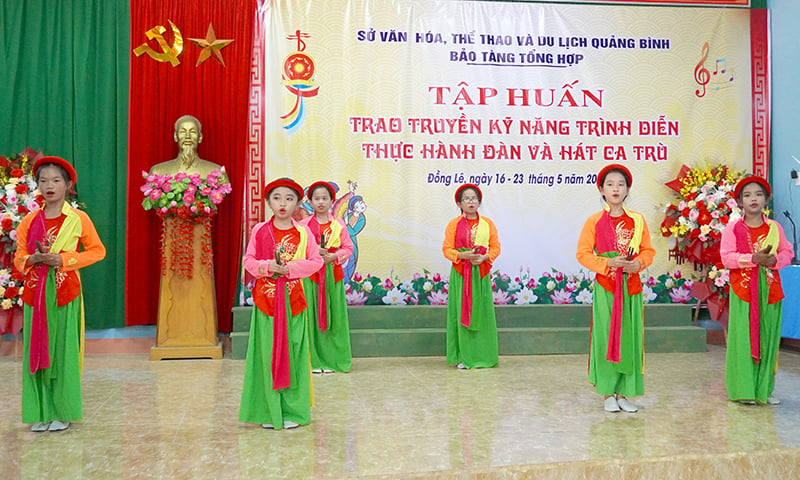 |
The transmission class has opened up opportunities for artisans and students to approach, exchange and learn performance skills, thereby contributing to the preservation and promotion of the value of local cultural heritage. With the responsibility of transmission, the artisans not only teach techniques but also tell stories about each tune and each ancient legend, so that students understand that behind each song is an entire culture.
Folk artist Duong Thi Diem, Dong Duong Village Ca Tru Club (Quang Phuong Commune, Quang Trach) shared that at the training class, she was not only a transmitter but also learned a lot of performance experience and new singing styles from artists from other clubs. "I came to the class to teach but ended up learning more," Ms. Diem smiled gently.
Folk colors in new space
If the ca tru class is attended by mostly female artists and students, the class imparting practical skills and performing bai choi has a different color. The men who have always had mud on their hands and feet, working hard in the fields, when entering the training class, they seem to become different people. They are passionate about performing, conveying the joy and charm of bai choi art with all their heart and passion. Artist Nguyen Song Giang, Bai Choi Club of City.
Dong Hoi affirmed that the valuable point of this class is that each club brings its own culture and folk tunes to blend into the performance space of Bai Choi such as Le Thuy's singing, Canh Duong's lullaby, and fish praying... That helps the class become multi-vocal and multi-colored.
Each person carries their own identity, voice, and melody, and when standing together in the same classroom, those unique features are not overwhelmed but instead support and blend, creating a performance space imbued with the soul of the countryside. There, the drums beat loudly, the voices are rustic but supple, spontaneous but rich in rhythm. Farmers who are used to plowing and hoeing, when holding the bai choi cards, seem to "transform", transforming into true folk artists. They play their roles naturally, respond flexibly, cast graceful verses, and the more they perform, the more excited they become.
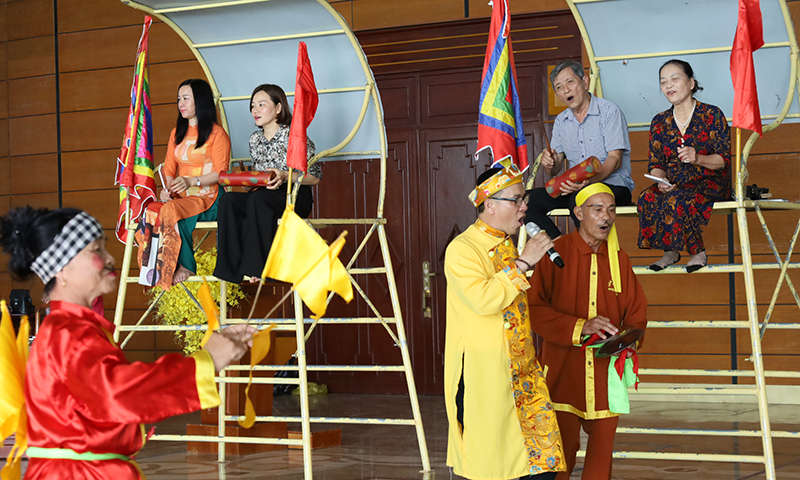 |
As someone who has been involved in lullabies and sea songs for many years, Meritorious Artist Le Thanh Loc was able to participate in a class for the first time to impart practical skills and perform Bai Choi. He could not hide his emotion: “This is also the first time Canh Duong lullabies and Ho Cau Ngu have been performed in the space of Bai Choi performances. These two genres, which are separate, are now present together in a folk performance framework. I feel very touched and meaningful.”
According to Mr. Loc, this combination not only enriches the artistic space of the classroom, but also opens up a new approach to heritage conservation: Creating open performance spaces where folk melodies resonate and spread. He expressed his hope: "Hopefully, one day, right in our beloved homeland of Canh Duong, we will be able to organize bai choi nights so that people can both participate in playing cards and enjoy lullabies and fish-calling songs performed by the children of the fishing village."
Let the legacy live
Ms. Trang Thi Hong Thuy, Deputy Director of the Provincial Museum, affirmed that not only did they perform well, many students were also creative and adapted the lyrics to today's life, from stories about crops, stories about villages, etc. Just like that, traditional culture has gradually entered the present, living with the rhythm of today's life. The class also became more lively and attractive thanks to that special exchange. The resonance between teachers and students, between different cultural regions in the province has created the greatest value of the class: Awakening the love of heritage in each person, so that they become living subjects in the journey of preserving national culture.
The transmission class is just the beginning. For ca tru and bai choi to continue to exist in the community, a broader cultural ecosystem is needed: policies to support artisans in teaching, building youth clubs, bringing heritage into schools, applying technology to promote and digitize...
After the course, students need to have the conditions to develop the skills that have been passed on and become the nucleus to develop the folk art movement in the locality. If there is a suitable environment, the heritage will not only be preserved but also live on in the hearts of the next generation.
Ca tru, bai choi or other forms of folk culture all have their own unique values but they all meet at the core of Vietnamese culture: talent, charm and close connection with community life. Stepping out of the framework of a transmission class, cultural heritage does not stop at being preserved but will be given new life from the dedication of the teacher and the passion of the learner. That is the most sustainable way to preserve heritage.
| In June 2025, the Provincial Museum continued to organize a Le Thuy Ho Khoan transmission class in Le Thuy district with the participation of students who are artisans and art cores of Ho Khoan clubs. The program aims to improve performance skills, contributing to the preservation and promotion of heritage values. |
Dieu Huong
Source: https://baoquangbinh.vn/van-hoa/202505/khi-di-san-duoc-trao-truyen-2226698/








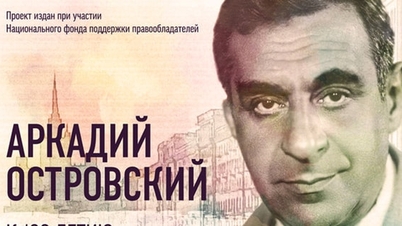



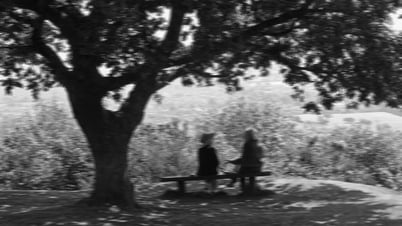

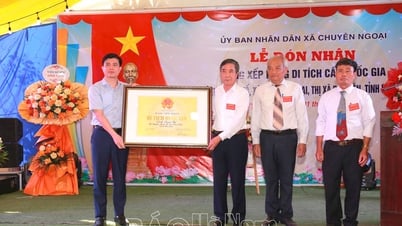



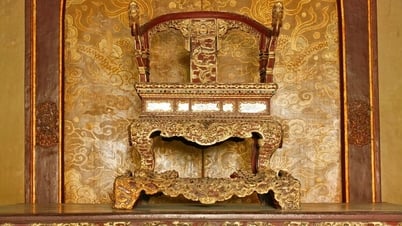





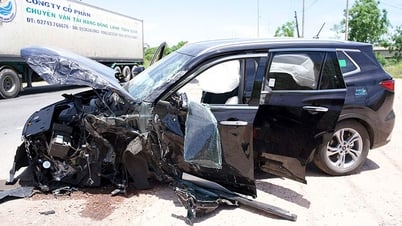
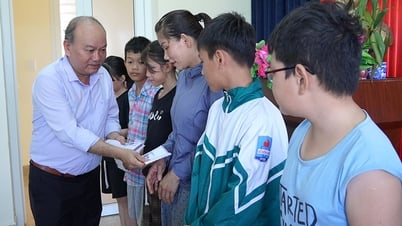


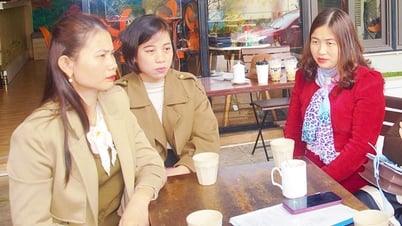
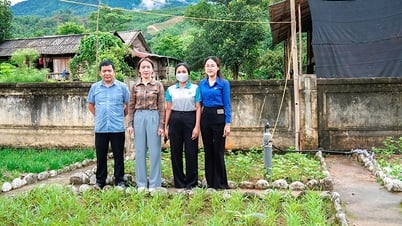






























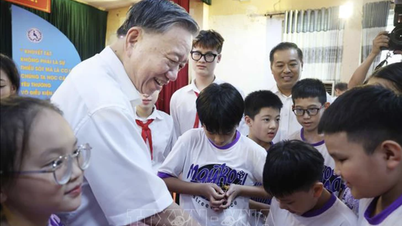


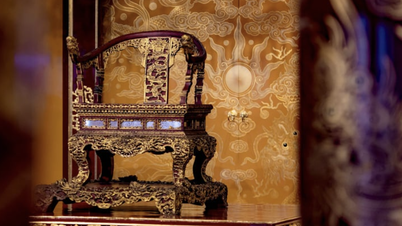














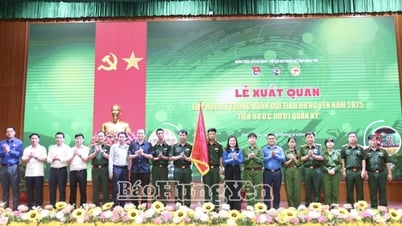








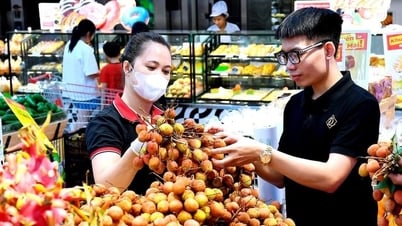







Comment (0)